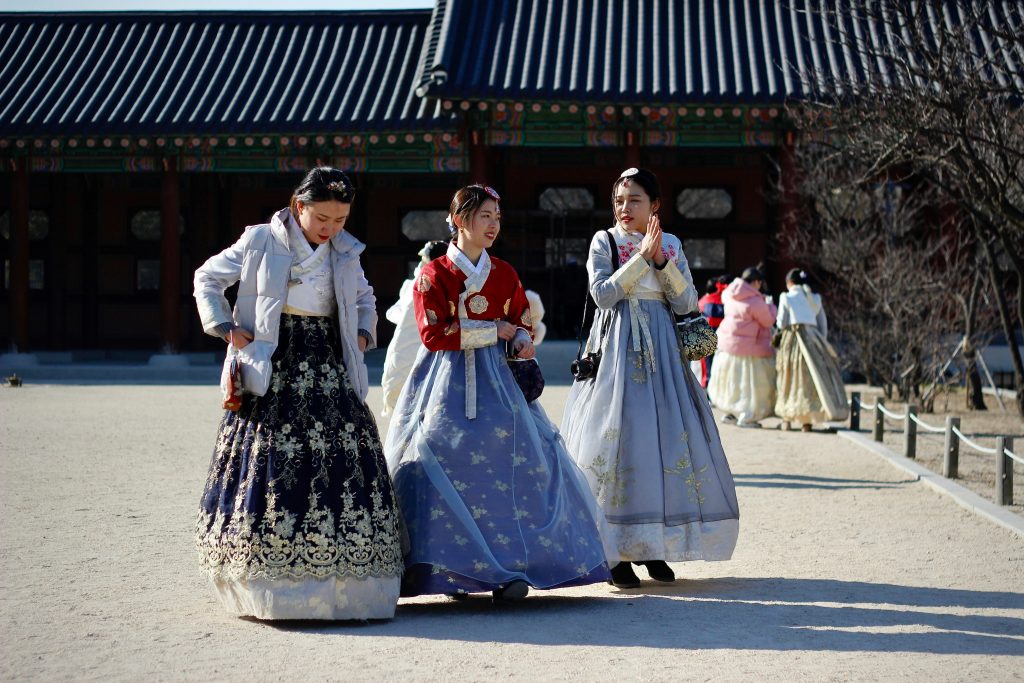A Universe of Heroes, Legends, and Epic Storytelling
The Marvel Universe is more than just a collection of superheroes—it’s a massive, interconnected world filled with rich characters, engaging storylines, and thrilling action. From comic book beginnings to a global movie phenomenon, Marvel has redefined entertainment and brought timeless characters into the hearts of millions. Whether you’re new to the world of Marvel or a seasoned fan, there’s always something more to discover about this dynamic universe. The Beginnings: How Marvel Got Its Start Marvel Comics was born in 1939, originally under the name Timely Publications. It started with characters like the Human Torch and Namor the Sub-Mariner, but it wasn’t until the 1960s that Marvel truly hit its stride. That’s when Stan Lee, Jack Kirby, and Steve Ditko collaborated to create the characters we know and love today. The launch of Fantastic Four #1 in 1961 marked the start of what would become the Marvel Comics empire. What set Marvel apart was its focus on heroes who were flawed and relatable, characters who had real-world problems along with their superhuman abilities. This was a revolutionary approach in a genre that had traditionally focused on near-perfect heroes. Key Early Characters The early years of Marvel introduced some of the most iconic characters in comic book history: The Rise of the Marvel Cinematic Universe (MCU) For decades, Marvel was a dominant force in comics. However, it wasn’t until the release of Iron Man in 2008 that Marvel truly took over the film industry. The MCU was created with the idea of an interconnected universe, where heroes from one movie would eventually cross paths with those from others. Phase One: Setting the Stage The MCU’s first phase was all about establishing key characters like Iron Man, Thor, Captain America, and The Hulk. It culminated in The Avengers (2012), which brought these heroes together for the first time on-screen in an unprecedented crossover film that changed the landscape of modern cinema. Key Characters in the MCU Phase Two and Beyond: Expanding the Universe As the MCU continued to evolve, it introduced new heroes like Guardians of the Galaxy, Ant-Man, and Doctor Strange, while building towards even bigger stories. The release of Avengers: Infinity War and Avengers: Endgame marked the culmination of years of storytelling, bringing together characters from across the MCU in a battle against the villainous Thanos. These films weren’t just about action and spectacle—they also explored deep themes like loss, sacrifice, and redemption. The characters grew and evolved over time, and their journeys resonated with audiences on a personal level. Marvel’s Impact on Pop Culture Marvel’s reach goes beyond comic books and movies. It has influenced fashion, video games, and even theme parks. Characters like Spider-Man, Captain Marvel, and Black Panther have become global symbols of heroism and strength. The Influence of Black Panther One of the most significant moments in Marvel’s history was the release of Black Panther in 2018. Directed by Ryan Coogler and starring Chadwick Boseman as T’Challa, Black Panther became a cultural phenomenon. It was praised for its portrayal of African culture, its exploration of identity, and its powerful representation of black heroes in mainstream cinema. The film’s success proved that superhero movies could be both entertaining and culturally significant. Marvel and Representation In recent years, Marvel has made a concerted effort to bring more diversity to its universe. From Miles Morales (an Afro-Latino Spider-Man) to Kamala Khan (a Muslim-American superhero known as Ms. Marvel), Marvel is committed to showcasing a variety of voices and perspectives. The Future of Marvel: What’s Next? Marvel shows no signs of slowing down. With the introduction of the multiverse, the possibilities for new stories and characters are endless. Spider-Man: No Way Home opened the door to the multiverse, bringing back past versions of Spider-Man and their villains. This concept will be further explored in films like Doctor Strange in the Multiverse of Madness. New Heroes on the Horizon In addition to continuing the stories of established heroes, Marvel is also introducing a new generation of characters: The Importance of Streaming With the launch of Disney+, Marvel expanded its storytelling into television. Shows like WandaVision, The Falcon and the Winter Soldier, Loki, and Hawkeye have given fans a deeper look at characters that don’t always get the spotlight in the films. These series are integral to the MCU’s future, providing a platform for long-form storytelling and character development. Marvel’s Enduring Legacy Whether in comic books or on the big screen, Marvel has consistently delivered stories that captivate and inspire. From the relatable struggles of Peter Parker to the grand cosmic battles of the Avengers, Marvel has shown that anyone can be a hero. Its characters are beloved because they aren’t just superhuman—they’re human. As Marvel continues to grow and evolve, one thing remains constant: its ability to tell stories that resonate with people of all ages, backgrounds, and cultures. Marvel is more than just entertainment—it’s a celebration of what it means to be a hero in a complex and ever-changing world.












